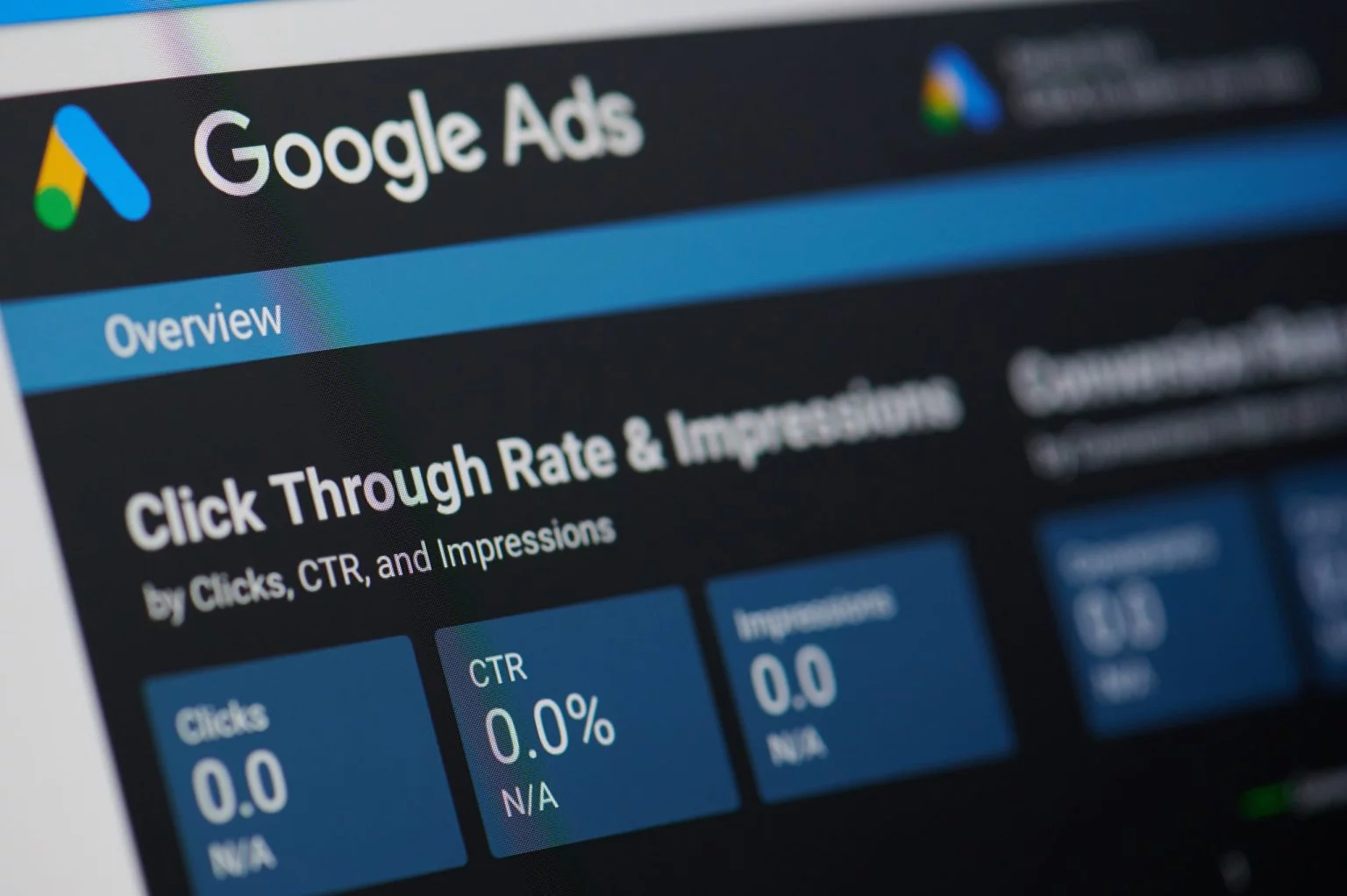
Are retargeting ads effective? With the constant flow of information In today's digital world, it's easy for consumers to forget about a brand. As they say "out of sight, out of mind", and it has never been more relevant...
Retargeting ads play a crucial role in keeping brands top-of-mind and driving conversions. Our guide explores the effectiveness of retargeting, best practices, and its evolving role in the marketer's toolbox. By understanding these strategies, marketers can leverage retargeting to boost engagement and sales.
What Are Retargeting Ads?
Retargeting ads are a form of online advertising designed to recapture the interest of users who have previously visited your website or engaged with your content. Unlike traditional ads that target a broad audience, retargeting ads specifically focus on individuals who have already shown some level of interest in your brand.
How does retargeting work? When a user visits your website, a small piece of code known as a cookie is placed on their browser. This cookie allows you to "follow" the user as they navigate other websites across the internet. By doing so, you can display your ads on various platforms and sites they visit subsequently. This method ensures that your brand remains top-of-mind for these potential customers.
Example: Imagine browsing for a new coffee maker, visiting a few e-commerce sites, but not making a purchase. Later, while reading a blog or scrolling through social media, you see an ad for the exact model you viewed earlier. This is retargeting in action.
It works either through cookie-based technology, or list-based retargeting, where ads are targeted based on a pre-existing list of contacts.
The Effectiveness of Retargeting Ads
Retargeting ads are exceptionally effective in reconnecting with potential customers. Numerous studies show that retargeted visitors are more likely to complete a purchase compared to new visitors. This is because retargeting leverages the familiarity and initial interest users already have with your brand. Here are some key facts that highlight the impact of retargeting ads:
- Increased Conversion Rates: Retargeting ads lead to higher conversion rates by re-engaging users who have previously shown interest in your products or services. According to studies, website visitors who are retargeted with ads are 70% more likely to convert.
- Improved Brand Recall: By consistently displaying your ads to users, retargeting helps improve brand recall and recognition. This is crucial in competitive markets where staying top-of-mind can make a significant difference.
- Cost-Effective Marketing: Retargeting can be more cost-effective than traditional advertising methods because it focuses on users who have already expressed interest, leading to a higher likelihood of conversion and a better return on ad spend (ROAS).
5 Best Practices for Effective Retargeting
To maximize the effectiveness of your retargeting ads, consider these 5 best practices:
1. Segment Your Audience
Divide your audience into different segments based on their behavior and interactions with your brand. This segmentation can be done using various criteria such as demographics, purchase history, and browsing patterns. By organizing your audience into more specific groups, you can create more personalized and relevant ad campaigns that speak directly to the unique needs and interests of each segment. This targeted approach not only increases engagement but also enhances the likelihood of conversion.
2. Set Frequency Caps
Avoid overwhelming users with too many ads by setting frequency caps to limit how often your ads are shown to the same individual. Frequency caps help prevent ad fatigue, where users become annoyed or indifferent due to repeated exposure to the same ads. By controlling the frequency, you ensure that your ads remain effective and maintain a positive impression on your audience, therefore enhancing your campaign's overall efficiency and user experience.
3. Use Compelling Creative
Ensure your ad creative is visually appealing and includes a strong call-to-action (CTA) to encourage users to take the next step. Compelling creative involves using high-quality images, engaging videos, and persuasive copy that captures attention and communicates your message clearly. A well-designed CTA should be direct and motivating, guiding users toward the desired action, whether it’s clicking a link, signing up for a newsletter, or making a purchase.
4. Test and Optimize
Continuously test different ad variations and strategies to determine what works best for your audience. A/B testing, where you compare two versions of an ad to see which performs better, is a crucial technique in this process. Use analytics to track key performance metrics such as click-through rates, conversion rates, and return on ad spend. By analyzing this data, you can make informed, data-driven adjustments to optimize your campaigns and improve results over time.
5. Align with the Customer Journey
Tailor your retargeting ads to match the stage of the customer journey. For example, users in the awareness stage, who are just learning about your brand, require different messaging and creatives compared to those in the decision stage, who are close to making a purchase.
Awareness stage ads should be more educational and informative, highlighting the benefits and unique selling points of your products. In contrast, decision-stage ads should focus on closing the sale, perhaps with special offers or testimonials to reinforce trust and urgency. Aligning your ads with the customer journey ensures that you address the specific needs and concerns of your audience at each stage, leading to more effective and relevant advertising.
Your Retargeting Roadmap
Retargeting ads can be a highly effective way to re-engage potential customers and boost conversion rates. By understanding how retargeting works, leveraging different types of retargeting, and following best practices, you can create impactful campaigns that drive results. Retargeting works by tracking users who have interacted with your brand in some way, such as visiting your website or engaging with your social media content, and then displaying targeted ads to these users as they browse other sites. This keeps your brand top-of-mind and encourages users to return and complete a desired action, such as making a purchase or signing up for a newsletter.
By following best practices, such as setting frequency caps to avoid ad fatigue, creating compelling ad creatives, and segmenting your audience for more personalized messaging, you can maximize the effectiveness of your retargeting campaigns. The ability to precisely target and re-engage users who have already shown interest in your brand can significantly enhance your overall marketing efforts and drive better results.
Embrace retargeting as a powerful advertising strategy and take advantage of its benefits to drive conversions and grow your brand. Remember: "Out of sight, out of mind" doesn't have to apply to your brand.



.webp)





















































